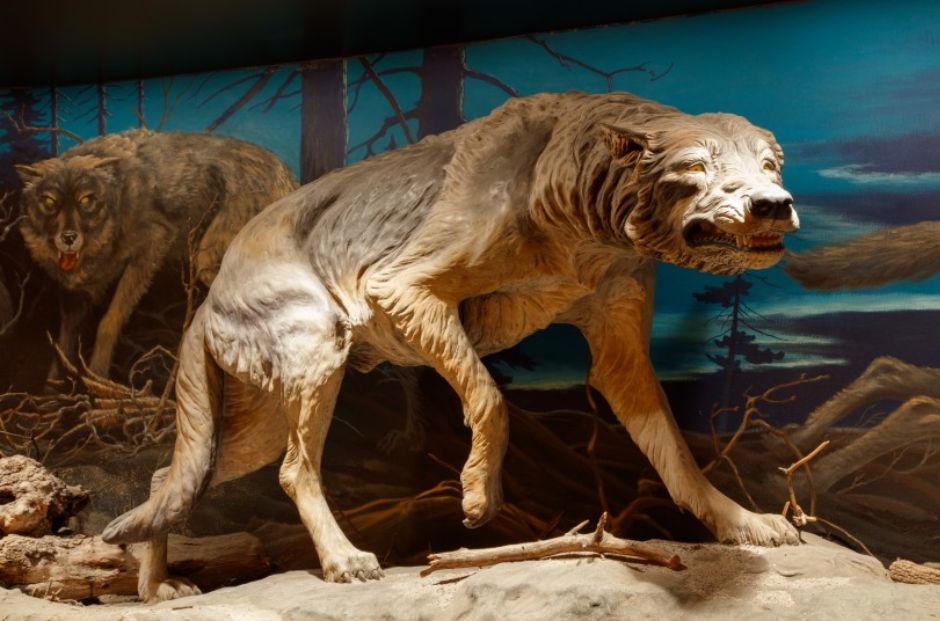The Return of Dire Wolves: Science Fiction or Future Reality?
For decades, dire wolves have captivated the public imagination, from fossil discoveries at the La Brea Tar Pits to their fierce depiction in popular culture like Game of Thrones. These massive canines once roamed North America alongside saber-toothed cats and mammoths, only to vanish around 10,000 years ago. But with recent advances in genetics and de-extinction science, whispers of their potential return are stirring curiosity—and controversy.
So, could dire wolves really make a comeback? Here’s what we know.
What Were Dire Wolves?
Dire wolves (Aenocyon dirus) were apex predators of the Ice Age, larger and stockier than today’s gray wolves. They had powerful jaws and massive teeth suited for hunting and bone-crushing. For years, scientists assumed they were closely related to modern wolves, but recent genetic studies tell a different story.
In 2021, a landmark study revealed that dire wolves diverged from the ancestors of gray wolves over 5 million years ago. That means despite looking similar, dire wolves weren’t just “bigger wolves”—they were a separate and ancient branch of the canine family tree.
The Hope of De-Extinction
The concept of de-extinction—the resurrection of extinct species—has shifted from science fiction to scientific possibility. Inspired by projects focused on the woolly mammoth and passenger pigeon, some scientists and biotech companies are exploring whether long-lost creatures like the dire wolf could be revived.
But there are enormous hurdles.
Challenges to Bringing Back the Dire Wolf
1. Lack of Viable DNA
Most efforts to bring back extinct species start with ancient DNA. Unfortunately, the hot and chemically rich conditions where many dire wolf fossils are found, like the La Brea Tar Pits, are terrible for DNA preservation. So far, researchers haven’t recovered any usable genetic material from dire wolf remains.
2. Genetic Distance
Even if DNA were retrieved, dire wolves are not closely related to any living species. Editing the genome of a modern wolf or dog to match a dire wolf would be a massive and possibly insurmountable challenge due to the millions of years of genetic divergence.
3. Ethical and Ecological Concerns
Even if scientists could bring back dire wolves, should they? The reintroduction of an apex predator with no living ecosystem to support it raises major ethical questions. Where would they live? What would they eat? And how would they affect modern wildlife and humans?
Alternatives and Speculation
There are a few hypothetical workarounds:
-
Genome Editing: Using CRISPR to insert dire wolf genes into embryos of close relatives, though this would likely only produce hybrids.
-
Selective Breeding: Breeding modern wolves or dogs for size and behavior to resemble dire wolves—a sort of “genetic cosplay” that mimics appearance but not true biology.
Neither would bring back a true Aenocyon dirus, only an approximation.
“All claims of de-extinction are the invocation of a metaphor, and what they have produced and what they will at some point produce, may be technologically impressive, but they are not and never can be the actual previously extinct creatures,” Samuel Gorovitz, professor of philosophy at Syracuse University and a leader in the development of the medical ethics field, told ABC News.
“Only adult dire wolves can raise a dire wolf and there aren’t any. … One thing that we know for sure, that they are not, is dire wolves.”
Share this content:














Post Comment